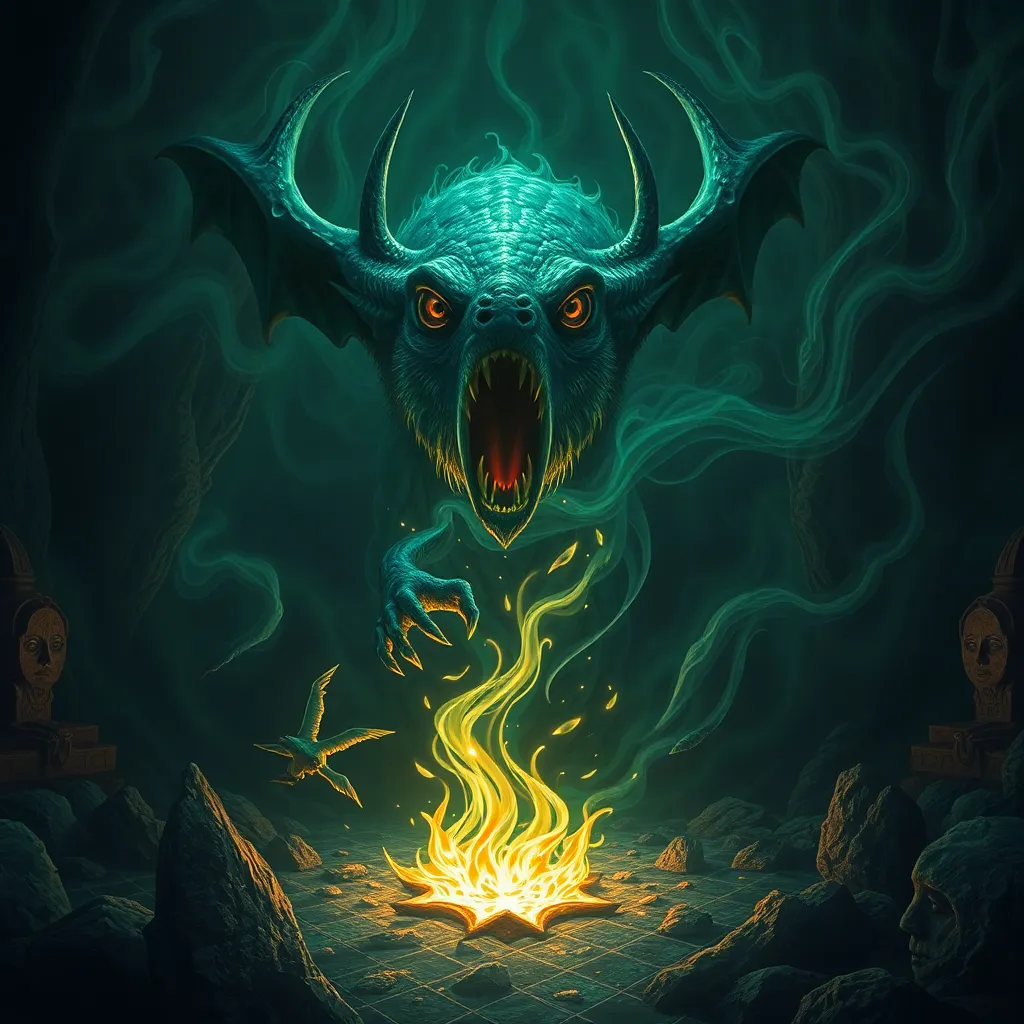The Siren’s Legacy: Understanding the Enduring Power of Siren Mythology in Modern Society
I. Introduction
Siren mythology refers to the captivating tales of mythical creatures known for their enchanting voices and mesmerizing beauty, often depicted as female figures. These beings have their roots in ancient folklore, captivating the imagination of countless generations.
Historically, Sirens have held significant cultural weight, often symbolizing both allure and danger. As figures that seduce sailors to their doom with their haunting songs, they embody the duality of attraction and peril, making them powerful symbols in various contexts.
This article aims to explore the impact of Siren myths in contemporary contexts, examining their origins, representations, psychological implications, and relevance in modern society.
II. The Origins of Siren Mythology
The Siren figure has its historical roots in ancient Greek literature, notably in Homer’s “Odyssey,” where they are presented as dangerous temptresses. Over time, the portrayal of Sirens evolved, shifting from bird-like creatures to beautiful women, reflecting changing societal views on femininity and danger.
Throughout history, Sirens have been depicted in various artistic expressions, showcasing their evolution:
- Ancient Greece: Initial depictions were more avian, emphasizing their connection to death and the sea.
- Renaissance: Artists began to portray them as alluring women, symbolizing beauty and danger.
- Modern Era: Sirens are often seen as complex characters, embodying both vulnerability and strength.
Symbolically, Sirens have represented various themes in ancient cultures, including:
- The dangers of temptation and the consequences of desire.
- The complexity of femininity and the societal perceptions of women.
- The connection between beauty and destruction.
III. The Siren Archetype in Literature and Art
The Siren archetype has significantly influenced literature and art throughout the ages. In various literary works, Sirens are often central characters that drive the narrative through their enchanting allure.
Notable examples include:
- Homer’s “Odyssey”: The original portrayal of Sirens as deadly singers who lure Odysseus’ crew to their doom.
- John Keats’ “Lamia”: A nuanced exploration of a Siren’s tragic love story, highlighting the tension between desire and danger.
- Hans Christian Andersen’s “The Little Mermaid”: A tale that reshapes Siren mythology into a story of longing and sacrifice.
In visual arts, Sirens have been represented in various styles, from classical paintings to modern digital art. Artists have utilized the Siren figure to explore themes of beauty, temptation, and the darker sides of human nature.
The transformation of the Siren archetype across different artistic movements reveals how perceptions of femininity and power have evolved over time, making them a compelling subject for ongoing interpretation.
IV. Psychological Interpretations of Siren Myths
The allure of the Siren carries profound psychological implications. Sirens symbolize the seductive nature of desires that can lead to one’s downfall. This duality of attraction and peril is mirrored in human relationships, where allure often coexists with risk.
Key psychological interpretations include:
- Temptation: Sirens represent the allure of forbidden desires, drawing individuals toward choices that may lead to self-destruction.
- Danger: The danger associated with Sirens serves as a metaphor for the risks inherent in pursuing desires without caution.
- Duality: The balance of attraction and peril reflects the complexities of human relationships, emphasizing the need for discernment.
V. Sirens in Modern Media and Popular Culture
In contemporary media, the portrayal of Sirens has evolved, adapting to modern sensibilities while retaining their core attributes. Films and television shows often feature Sirens as central characters, showcasing their multifaceted nature.
Examples of Sirens in modern media include:
- Movies: Films like “Pirates of the Caribbean: On Stranger Tides” reintroduce Sirens as alluring yet dangerous entities.
- Television: Series such as “The Magicians” reinterpret Sirens, giving them depth and agency beyond mere seduction.
- Music: Artists often use Siren imagery in songs, blending themes of love, danger, and desire.
Contemporary adaptations continue to explore the complexity of Siren mythology, often challenging traditional narratives and providing new perspectives.
VI. The Siren as a Feminist Symbol
Through a feminist lens, the portrayal of Sirens can be re-examined to highlight themes of female power and autonomy. Sirens, often seen as dangerous seductresses, can also represent the strength and agency of women in a patriarchal society.
Key points include:
- Empowerment: Sirens can be viewed as symbols of female empowerment, reclaiming their narrative from one of victimhood to one of strength.
- Sexuality: The representation of Sirens in discussions of sexuality challenges societal norms and promotes a more nuanced understanding of female desire.
- Agency: Modern interpretations of Sirens often grant them agency, allowing them to navigate their fates rather than being mere objects of desire.
VII. The Relevance of Siren Myths Today
The enduring appeal of Sirens in modern storytelling reflects their relevance to contemporary societal issues. Siren myths resonate with current themes, providing a lens through which to examine human experiences and challenges.
Sirens serve as metaphors in various contexts:
- Social Media: The allure of digital personas mirrors the seduction of Sirens, drawing individuals into curated realities that may not reflect truth.
- Gender Dynamics: Sirens symbolize the complexities of modern femininity, navigating societal expectations and personal empowerment.
- Environmental Concerns: The connection between Sirens and the sea can reflect current discussions on environmental conservation and the dangers of exploitation.
Digital culture has also contributed to a resurgence of Siren mythology, with new adaptations and interpretations emerging across various platforms.
VIII. Conclusion
In summary, the legacy of Sirens is rich and multifaceted, encompassing themes of beauty, danger, temptation, and empowerment. Their enduring presence in literature, art, psychology, and popular culture underscores the significance of myth in understanding human experiences.
As society continues to evolve, so too will the interpretations and relevance of Siren mythology. The future may hold new narratives that challenge traditional notions and explore the complexities of attraction, danger, and female agency.
Ultimately, the Siren’s legacy remains a powerful reflection of our collective psyche, inviting us to engage with the complexities of desire and the human experience.



